Embrace minimalism by decluttering your space and mindset. This guide offers practical steps to simplify your life, focusing on intentional living and freedom from unnecessary possessions. Discover how to create a peaceful, organized environment that sparks joy and fosters well-being. Minimalism is more than a trend—it’s a lifestyle choice that promotes clarity and fulfillment. Start your journey toward a clutter-free life with this essential resource.
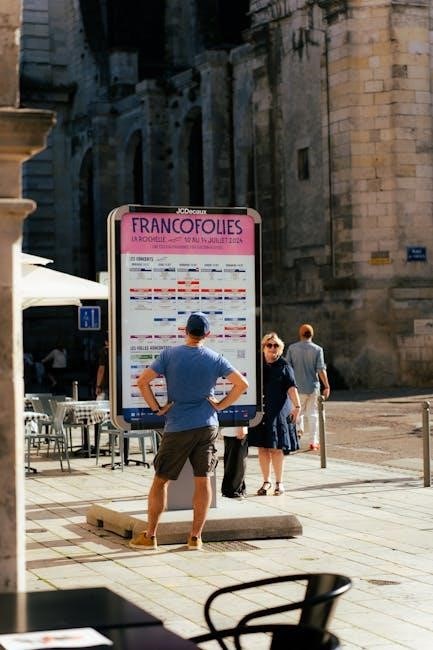
Understanding the Concept of Swedish Death Cleaning
Swedish Death Cleaning, or döstädning, is a gentle and practical approach to decluttering, emphasizing the importance of addressing one’s possessions before passing them on to others. Popularized by Margareta Magnusson’s 2018 book, this method encourages individuals, particularly older adults, to thoughtfully sort through belongings, ensuring loved ones are not burdened with unnecessary items after one’s death. It involves gratitude, reflection, and consideration for others, fostering a meaningful process of letting go. This practice aligns with minimalist principles, promoting a clutter-free life while creating a legacy of care and organization. By embracing Swedish Death Cleaning, individuals can simplify their lives and ease the transition for future generations. This approach, as outlined in guides like A Guide to Getting Rid of Almost Everything, offers a compassionate and structured way to declutter, making it a valuable resource for those seeking a mindful and intentional lifestyle.
Why Minimalism is More Than Just a Trend
Minimalism transcends fleeting trends, offering a sustainable lifestyle that prioritizes intentionality and simplicity. Unlike temporary fads, minimalism addresses the core human desire for clarity and fulfillment. It encourages individuals to reevaluate their relationship with possessions, focusing on what truly adds value to their lives. By adopting minimalist principles, people can reduce clutter, save time, and allocate resources to meaningful experiences rather than accumulating stuff. This shift fosters a sense of freedom and alignment with personal goals, making minimalism a lasting choice rather than a passing phase. As guides like A Guide to Getting Rid of Almost Everything suggest, minimalism is a powerful tool for creating a more organized, peaceful, and purpose-driven life. Embracing this philosophy can lead to long-term benefits, transforming how one interacts with their environment and prioritizes what truly matters.

Practical Steps for Decluttering Your Space
Start small, focus on one area at a time, and sort items into categories. Keep what sparks joy, donate or sell the rest, and adopt the “one in, one out” rule to maintain order.
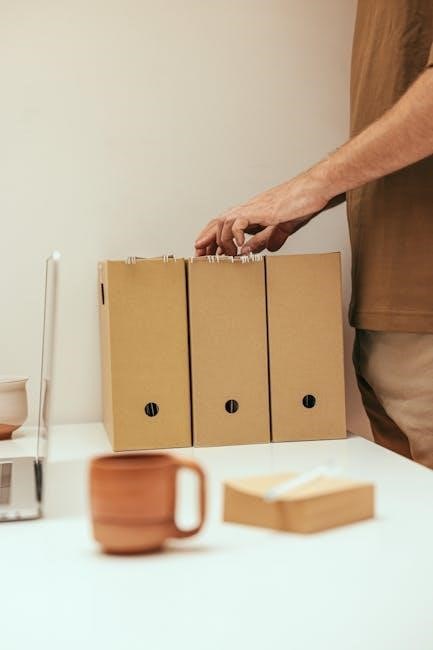
How to Identify Items That No Longer Spark Joy
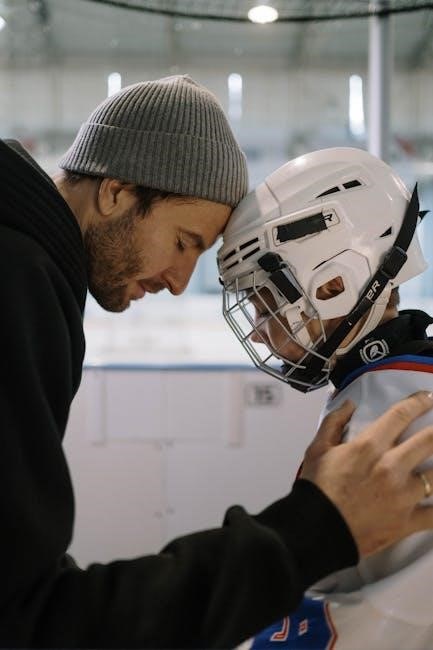
Start by evaluating each item thoughtfully. Hold it, reflect on its purpose, and ask if it brings joy or serves a practical function. If it doesn’t, consider letting it go. Be honest with yourself—sentimental value doesn’t always mean an item is worth keeping. Use the “spark joy” test popularized by Marie Kondo to guide your decisions. For items that are difficult to part with, create a “maybe” box and revisit it later. Remember, the goal is to surround yourself with things that add value to your life. Once you’ve identified items that no longer serve you, organize them into categories for selling, donating, or recycling. This process not only declutters your space but also helps you focus on what truly matters. By embracing this mindset, you’ll create a more intentional, clutter-free environment that fosters peace and clarity. Minimalism becomes a natural extension of this thoughtful process.
Effective Methods for Selling, Donating, or Recycling Unwanted Items
Once you’ve identified items that no longer serve you, consider practical ways to responsibly part with them. For selling, platforms like Craigslist, Facebook Marketplace, or Poshmark are ideal for quick transactions. Donate gently used items to local charities, shelters, or schools, ensuring they benefit others. Recycling is a great option for items like paper, electronics, or textiles—check local facilities for guidelines. For items that hold sentimental value but no practical use, take photos to preserve memories before letting them go. If an item is damaged beyond repair, dispose of it responsibly. Adopting the “one in, one out” rule helps maintain balance in your space. By thoughtfully reallocating your belongings, you not only declutter your environment but also contribute to sustainability and support your community. This mindful approach ensures your unwanted items find new purpose, aligning with minimalist values of intentionality and resourcefulness.

Maintaining a Clutter-Free Environment
Adopt daily habits like tidying up and implementing the “one in, one out” rule to sustain organization. Regular decluttering sessions and mindful consumption help preserve a peaceful, clutter-free home. Simple practices, like storing items thoughtfully and avoiding impulse buys, ensure lasting order and alignment with minimalist principles.
The “One In, One Out” Rule for Sustaining Organization
The “one in, one out” rule is a simple yet effective strategy for maintaining a clutter-free environment. For every new item you bring into your home, remove or donate an old one to keep your possessions balanced. This rule applies to all categories, from clothes to books, ensuring that your space never becomes overwhelmed. By adhering to this principle, you prevent clutter from accumulating and make decision-making easier. It encourages mindfulness about each purchase and helps you appreciate the value of what you already own. Over time, this habit fosters a more intentional approach to consumption and contributes to a sustainable, organized lifestyle. The rule also promotes gratitude for the items you choose to keep, enhancing your overall sense of contentment and efficiency in your living space.
Daily Habits to Keep Your Space Tidy and Organized
Adopting consistent daily habits is key to maintaining a clutter-free and organized home. Start your day by making your bed, as it sets a tone of order. Throughout the day, practice putting items back in their designated places immediately after use. Implement a “one-touch rule” for handling tasks like mail or laundry to avoid piles. Dedicate 10-15 minutes each evening to tidy up, focusing on high-traffic areas like the kitchen and living room. Weekly, set aside time for deeper cleaning and organizing tasks. Encourage family members to participate in these routines to share responsibility. By incorporating these habits into your daily schedule, you create a sustainable system that prevents clutter from building up. Over time, these small efforts lead to a more peaceful, organized, and intentional living space.
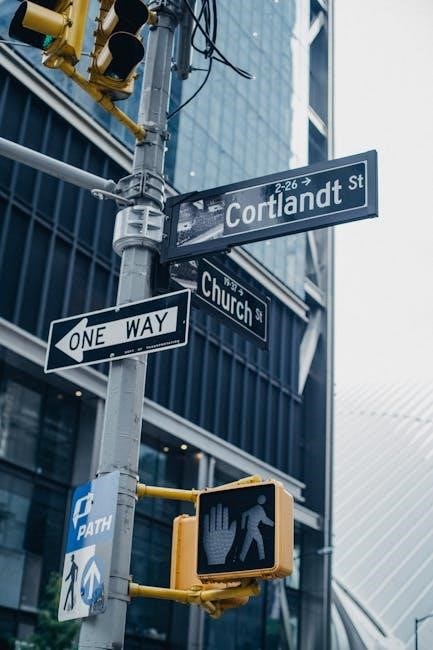

Additional Resources for Decluttering Success
Download the “Guide to Getting Rid of Almost Everything” PDF for practical steps to declutter your space. Explore recommended tools and apps to simplify your digital life and maintain organization.
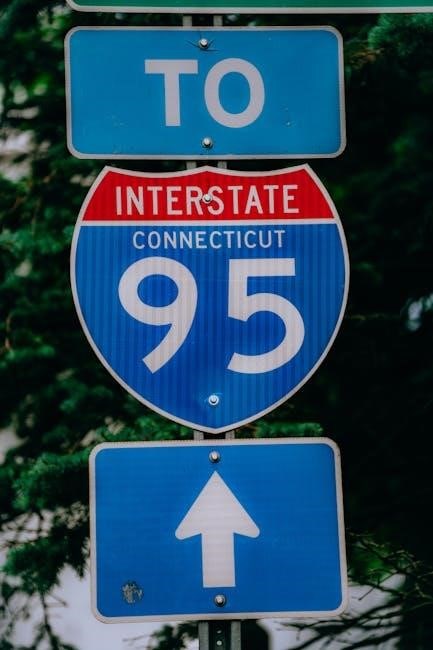
How to Download and Use the “Guide to Getting Rid of Almost Everything” PDF
The “Guide to Getting Rid of Almost Everything” PDF offers a comprehensive approach to decluttering. To download, visit the official website or trusted sources like online bookstores. Once downloaded, start by reading the introduction to understand the philosophy behind Swedish Death Cleaning. The guide provides step-by-step instructions on identifying items that no longer serve a purpose and practical methods for disposal. Use the checklist included in the PDF to track your progress. Focus on one area at a time, such as your closet or kitchen, and apply the techniques outlined. The guide also includes tips on maintaining a clutter-free space through habits like the “one in, one out” rule. By following this guide, you can transform your living space into a more organized and peaceful environment. Regularly revisit the guide to stay motivated and ensure long-term success.
Recommended Tools and Apps for Simplifying Your Digital Life

To streamline your digital life, consider using tools like Evernote or Trello for organizing tasks and notes. Cloud storage services such as Google Drive or Dropbox can help declutter your computer by storing files digitally. Password managers like LastPass simplify account management; For decluttering your phone, apps like PhoneClean or Clean Master remove unnecessary files. Digital note-taking apps like Simplenote or OneNote keep your thoughts organized. Task management tools like Todoist help prioritize responsibilities. Additionally, apps like Poshmark or Letgo can assist in selling or donating unwanted items. These tools collectively promote a clutter-free lifestyle, making it easier to maintain organization and reduce digital overwhelm. By incorporating these resources, you can create a more streamlined and efficient digital environment.
